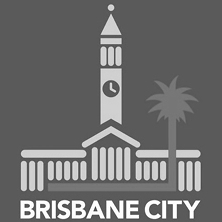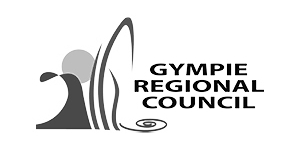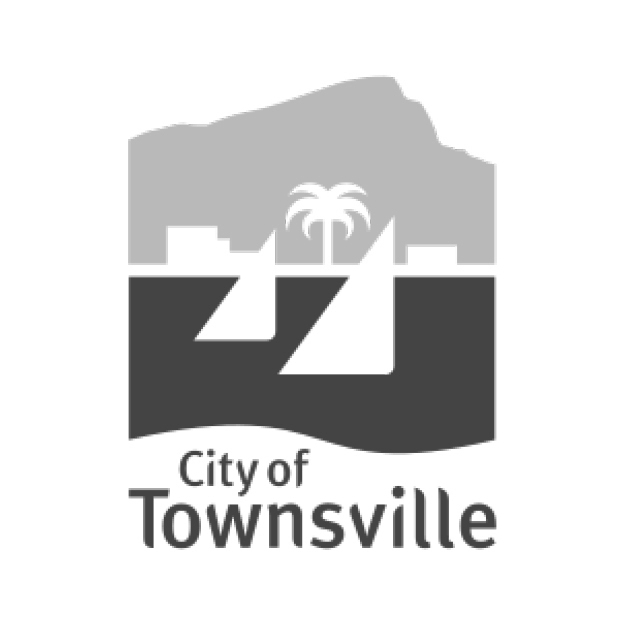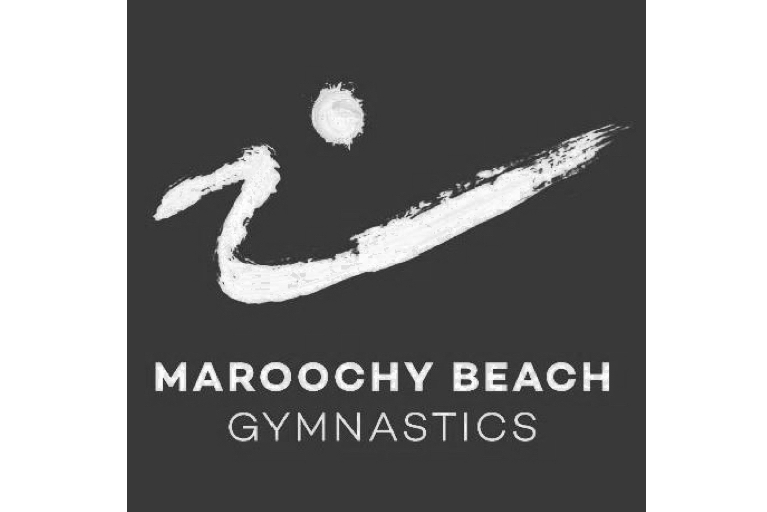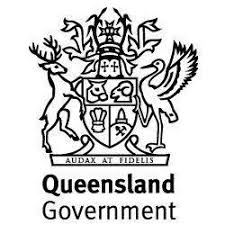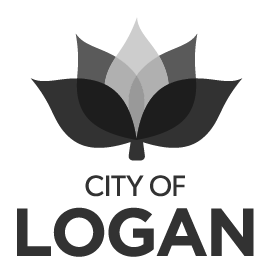The Benefits of Multi-use Facilities
Melissa Driscoll
It’s not surprising that we have seen a rise in multi-user, shared or multi-purpose facilities. Multi-use facilities provide a feasible solution when the availability of greenspace is limited, when clubs have smaller membership numbers or distinct playing times, or when resources are limited. However, we have found that there is an expectation from some clubs that Council will provide each club with their very own exclusive-use clubhouse and activity space. The dissonance between expectations and feasibility can stifle the development of new facilities.
One of the primary responsibilities of local government, as the lessor of most community spaces, is to provide a wide range of critical local area services and infrastructure to support and meet the needs of the local community. It is also local government’s responsibility to do this in a fiscally-responsible way, ensuring that Council’s revenue (including revenue generated from rates and grants) is invested in the community. There needs to be a balance between the community needs and the costs, with consideration given to community growth and future costs, such as asset maintenance and replacement.
While each local sport and community group may desire their own space, the reality is that the expenditure required to develop and maintain a facility for each community group makes this untenable, especially when membership or facility usage is low or restricted to only a defined period (e.g. after school hours and weekends). This situation gives rise to the multi-user space as a necessary solution.
The practicalities of operating within a multi-user space is not without its challenges and requires club members to embrace flexibility, problem-solving and teamwork. These attributes also happen to be desirable for the successful operation of community organisations regardless of facility sharing. The formation of well-functioning user groups, written user or lease agreements and the development of facility master plans can support the success of multi-use situations.
If club members are able to let go of the old ways and work together, clubs can ultimately end up with better facilities than they would have within an exclusive, lower use situation. More participants and more use of a facility means Council can justify more investment. This is also reflected in the provision of grant funds, with funding providers preferring to offer funding to multi-user facilities where greater community outcomes can be achieved. In some cases, commercial multi-user arrangements are possible, making them a potential revenue source for the primary lessee.
In the long term, as participation trends come and go, well-designed multi-user facilities are more able to accommodate growth, and even adapt to complete changes in activities, with only minor adjustments, future proofing the high investment made in the original infrastructure.
In order to have access to the best participation spaces available, it is essential that community groups adapt their operations towards successful multi-use arrangements, to the benefit of all.





